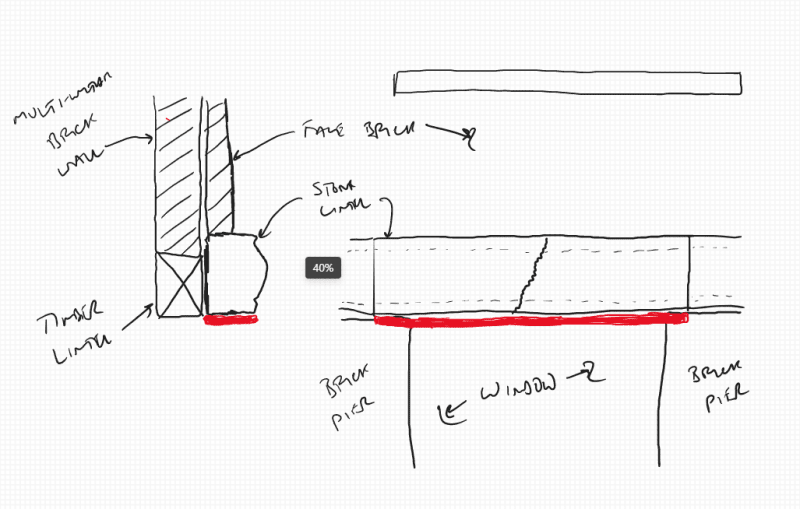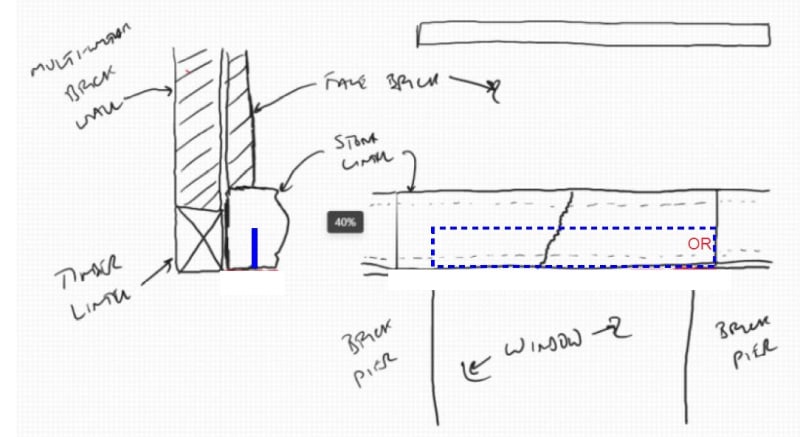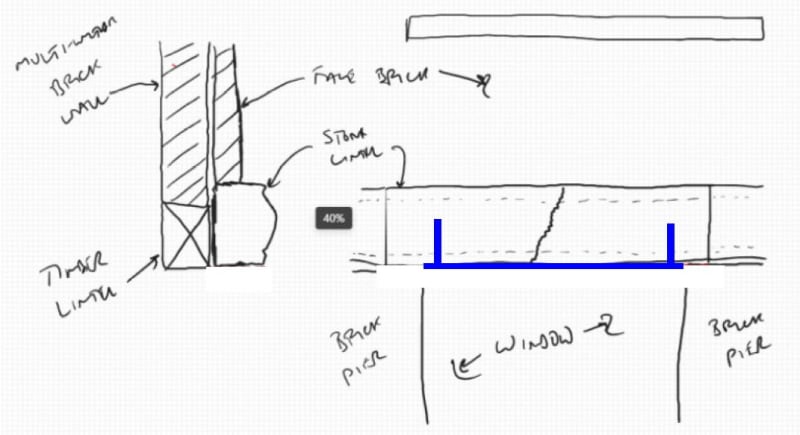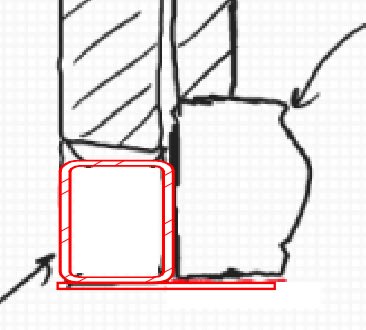Anyone have any good recommendations for an epoxy that can bond steel to stone (assuming granite for now)? Existing lintel holding up face brick cracked during window install. Lead time for a replacement is prohibitive (original over 100 years old). I'm hoping to use the original stone and build a steel lintel to support it, but I need some nominal composite action. Sika says their anchor epoxy works with stone, but 1) they don't give values and 2) this is going to be more of a gluing a plate on shirt of thing. Anyone have a known product?
Not at my desk now, but I'll be doing some more research this evening...
Thanks everyone.
Not at my desk now, but I'll be doing some more research this evening...
Thanks everyone.




